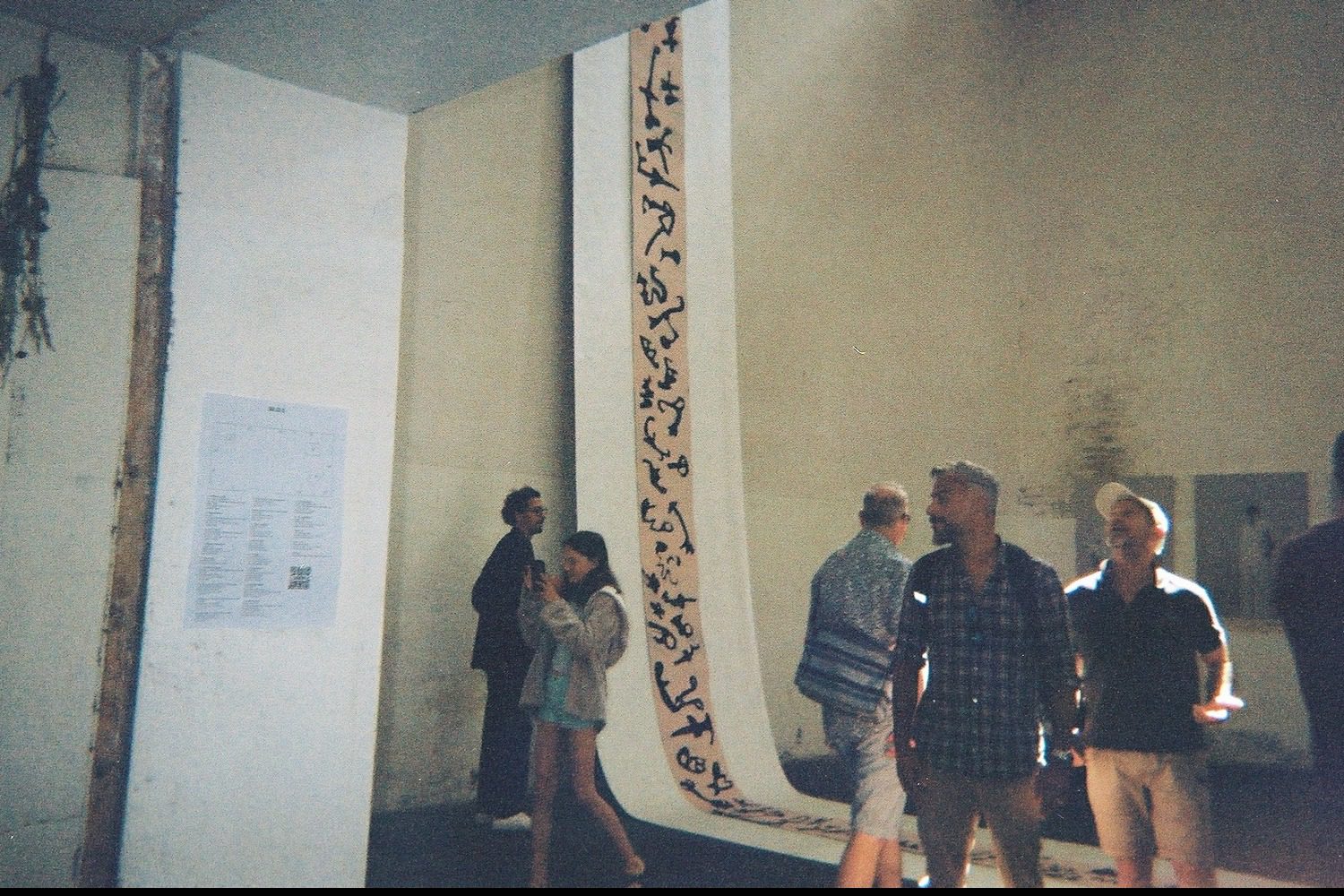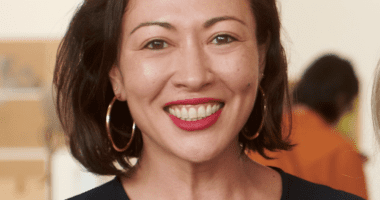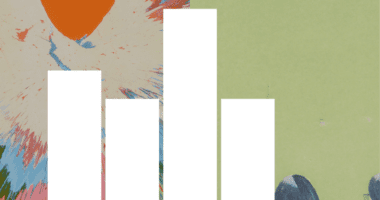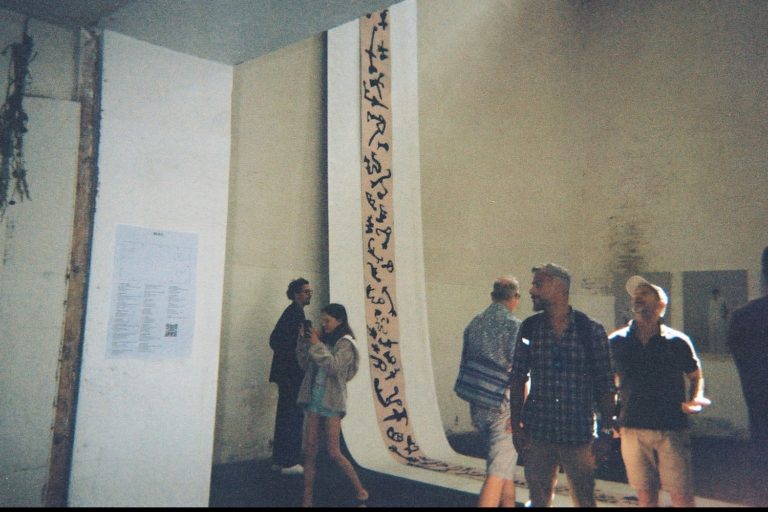
Installation view of Basel Social Club, 2023. Photo by Gina Folly. Courtesy Gina Folly and Basel Social Club.
Since they first arrived in 1967—when Hein Stünke and Rudolph Zwirner founded Art Cologne in Germany—art fairs have become a staple of the international art circuit, with more than 300 taking place in 2022 alone. The fair model provides a venue for commercial and social exchange between galleries, collectors, and art professionals. In bustling art fair hot spots such as Basel, London, and New York City—where the world’s major art fairs take place—new approaches to the art fair model have emerged over recent years.
These events—often dubbed “non-fairs,” “social clubs,” or simply alternative fairs—carve new spaces for galleries, artists, and curators around major art fair moments, including Art Basel, Frieze London, The Armory Show, and more. What unites these platforms is a commitment to providing a different point of access around major fair moments.
Robbie Fitzpatrick, founder of Fitzpatrick Gallery in Paris, established the Basel Social Club, a free event that runs concurrently with Art Basel in June, in 2022. The event, which was hosted this year in a disused mayonnaise factory minutes from the Art Basel Messeplatz, provided an alternative space for viewing art and socializing.
“In calling it a social club, it was, in some ways, also flipping [the mainstream fair] on its head by making it free and open to everyone,” Fitzpatrick told Artsy.
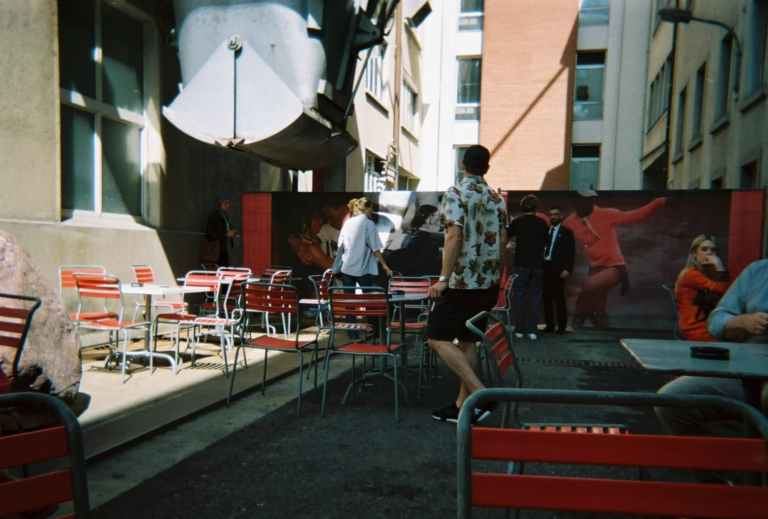
Basel Social Club, 2023. Photo by Gina Folly. Courtesy Gina Folly and Basel Social Club.
For smaller galleries like New York’s Margot Samel, Basel Social Club stands as a breath of fresh air. The founder of the eponymous gallery recalled the palpable sense of community at the event, noting how art from galleries—ranging from small spaces like her own, to bastions of the industry such as Hauser & Wirth—were mixed together through the space. Samel, a stalwart of the art fair circuit, quickly recognized the value of Fitzpatrick’s vision: “It just had the buzz that I feel no other event in the art world has had for a long time,” she noted.
“Oftentimes these young galleries are like invited to into the fair, but then you’re also invited to…take a huge financial risk,” said Samel. “It gave the work a sense of freedom in a sense that also for collectors, I imagine, and other visitors we don’t feel like the pressure to make [a transaction].”
In London, a similar endeavor, Minor Attractions, launched this year. Founded by London gallerists Jacob Barnes, co-director at GROVE, and Jonny Tanna, founder of Harlesden High Street, the event was envisioned as a new type of gathering space that would run alongside Frieze Week in October. Through Minor Attractions, Barnes and Tanna champion a blend of commercial galleries and not-for-profit art spaces to exhibit and collaborate, catalyzing an event where dialogue, diversity, and discovery are at the forefront.
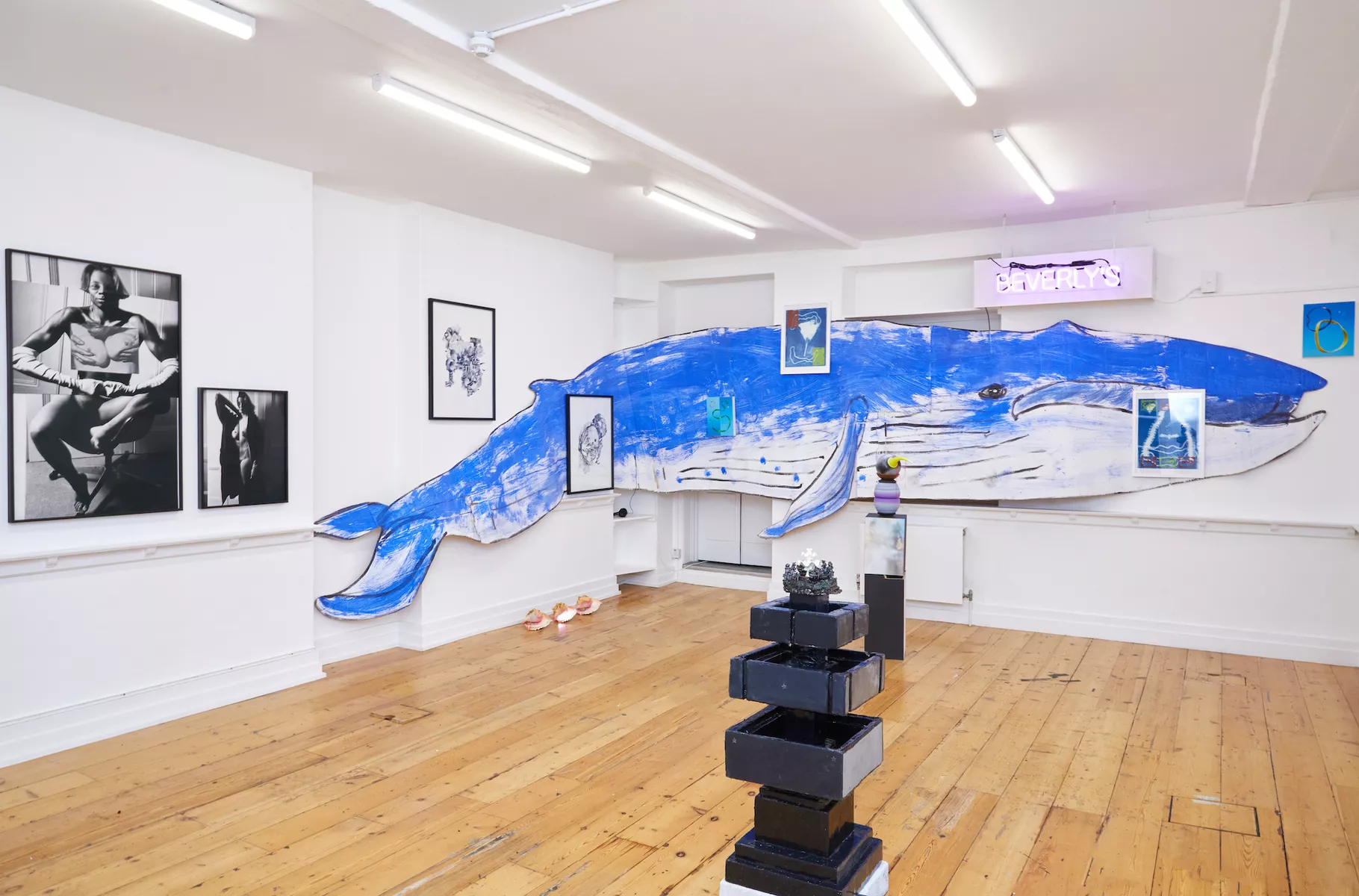
Installation view of Minor Attractions, 2023. Photo by Jess Govinden. Courtesy of Minor Attractions/Cornershop.
“Creating an environment where younger, smaller galleries could take risks…that felt really, really important; that felt like that was something that was worth chasing down,” Barnes told Artsy. “It became evident to us both as people who didn’t grow up in the London art world that if we didn’t create a venue for the work we wanted to see and the work that we felt that we were doing, it wouldn’t exist.”
Tanna and Barnes view Minor Attractions in coexistence with the major fairs—such as Frieze London—instead of as competitors. Instead, they hope to foster a complementary platform that can bridge gaps and usher in a more nuanced art scene. This is a sentiment Fitzpatrick, of Basel Social Club, has echoed, saying that these alternative fairs help “flatten that hierarchy” in the art world.
“Doing something like this wasn’t really conceived of as a one-time intervention into a broader state of affairs, but more so about starting something that could sincerely change the direction of at least London art, or at least London exhibition practices over the month of October,” Barnes added.
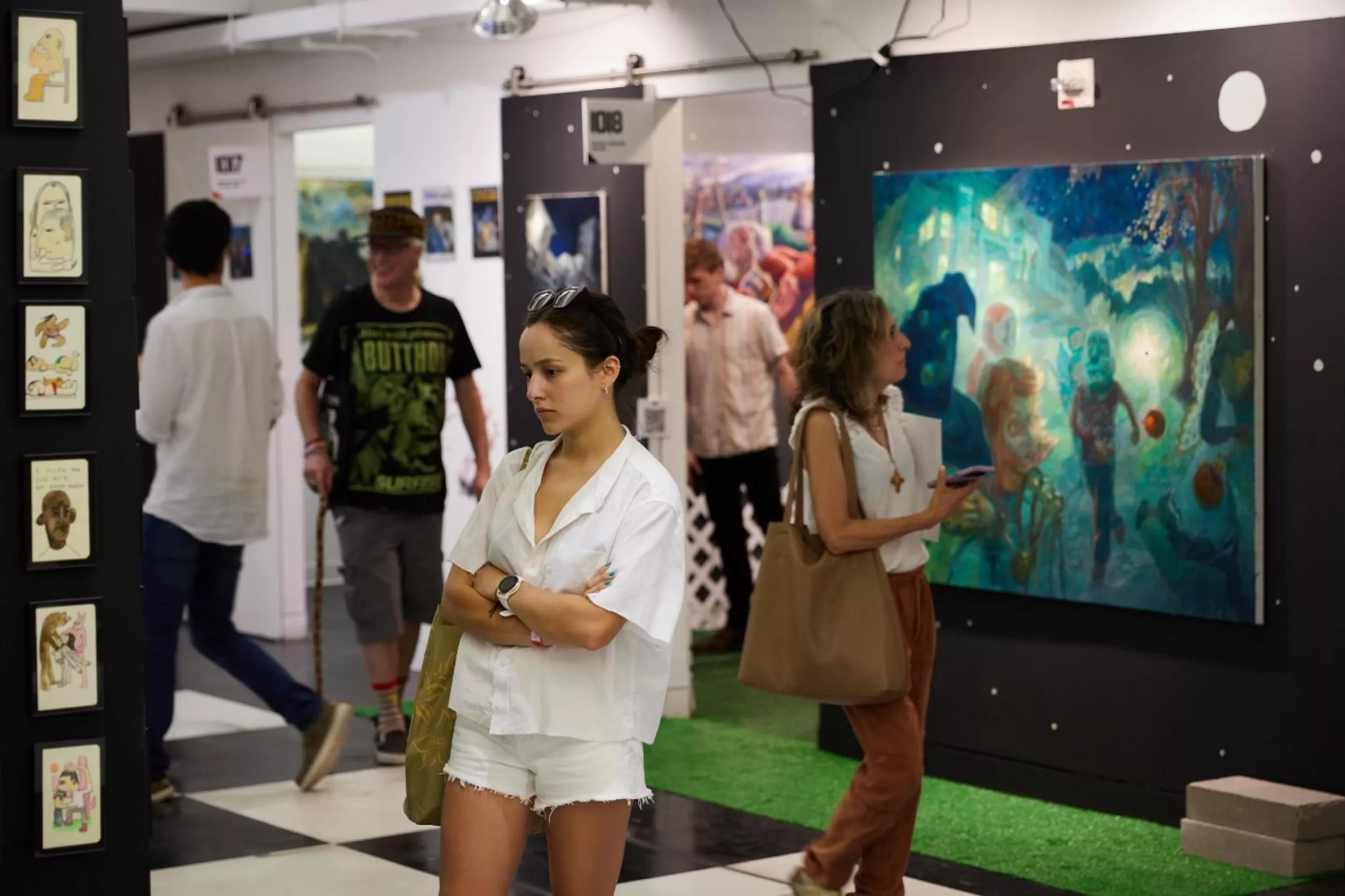
Installation view of SPRING/BREAK Art Show, 2023. Photo by Samuel Morgan Photography. Courtesy of SPRING/BREAK Art Show.
Minor Attractions sets out to recalibrate the experience around art fairs, placing a focus on art and the artists while fostering a community-centric space that thrives on mutual support among galleries and creators.
“The sense of community was really felt within [Minor Attractions] because there was a collaborative aspect between the galleries that were showing, which we felt was really important to highlight,” said Tanna, whose gallery also made its debut at Frieze London this year. “A fair traditionally was like a convention center where people would see something they couldn’t access because it was shown in another country, or they see artists or a program that was available to them. It’s changed from that into people trying to make their costs back, which is fair enough. So, [we’re] trying to find that balance between the two, and I think we’re trying to help find that balance with us and the galleries we’re working with.”
Other international art hubs are also following suit. Young Korean collector JaeMyung Noh recently founded a similar model in Seoul, called Art OnO. Standing for “One and Only,” the event aims to present an alternative art fair model with approximately 60 galleries next April. Its intention is to jumpstart a space for experimentation and collaboration for a collection of emerging exhibitors.
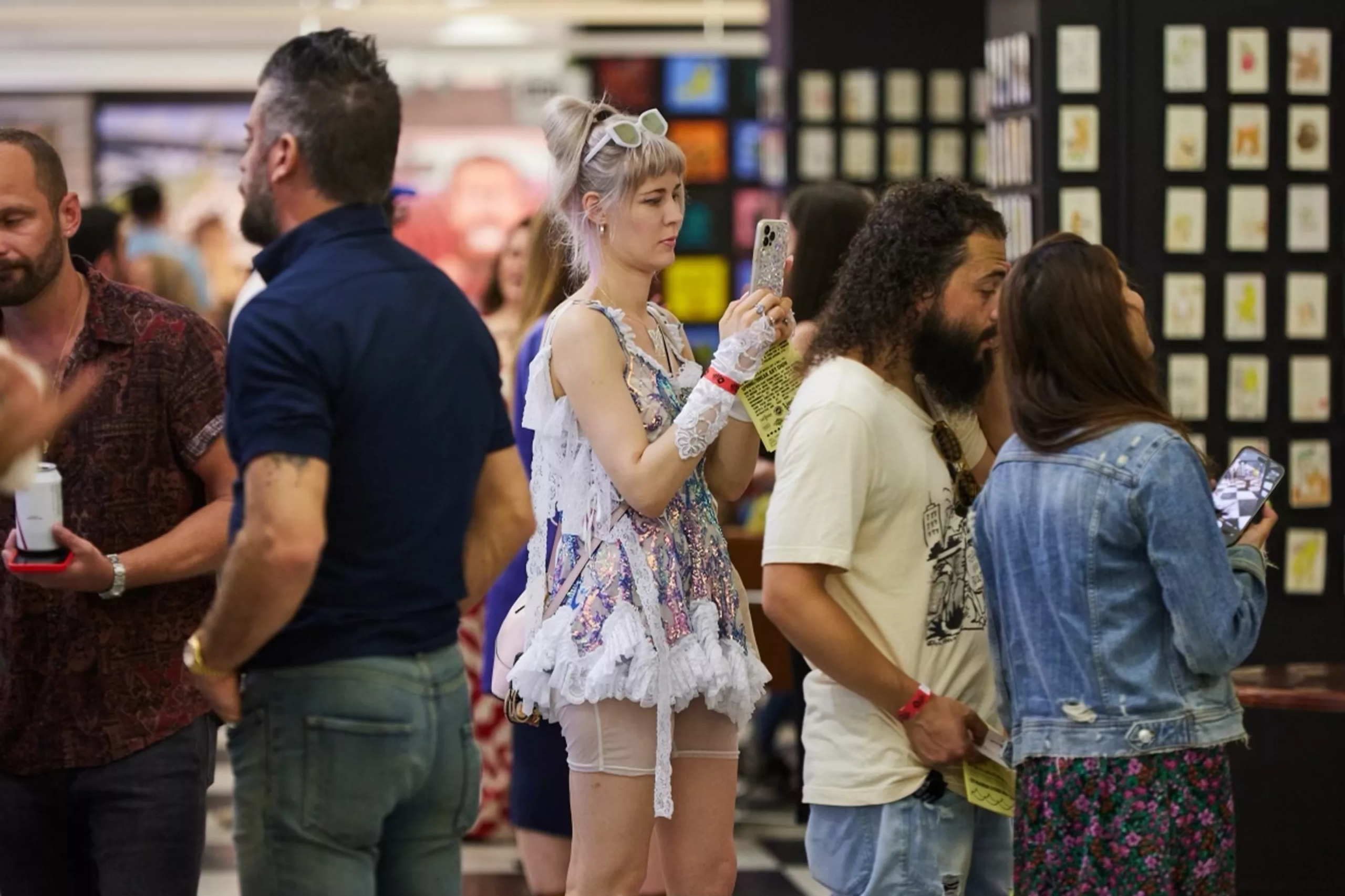
Installation view of SPRING/BREAK Art Show. Photo by Samuel Morgan Photography. Courtesy of SPRING/BREAK Art Show.
Meanwhile, in New York City, Andrew Gori and Ambre Kelly founded the SPRING/BREAK Art Show in 2012, among the first art fairs to take an alternative approach to the traditional model. Running alongside The Armory Show in September, the alternative fair broadens the scope of the art scenes in New York and, more recently, in Los Angeles, with a distinctive event that merges the feel of a contemporary museum exhibition with the accessibility of a community event.
“We do think alternative art fairs aid artists in reaching larger volumes of collectors—particularly international collectors—as well as by bringing attention and resources to lesser-known artists,” Gori and Kelly said in a joint statement to Artsy.
Gori and Kelly set out to reach a broad audience, and SPRING/BREAK evolved to become a key event on New York’s September calendar. In its 12th edition this year, SPRING/BREAK transformed the former Ralph Lauren offices in Midtown East into a two-floor showcase, hosting 110 exhibitions from over 150 curators.
This event, along with others like the Basel Social Club and Minor Attractions, represents a new phase in the evolving art fair model. “As the saturation of cultural events in large cities thins—and the tendency of audiences to attend fewer happenings generally since COVID also continues—these fair environments pick up, culturally, where galleries have always been beacons of light, but combine this cultural acumen with a way for people to see more in a single space where they might miss artists spread out across many galleries,” added Gori and Kelly.
